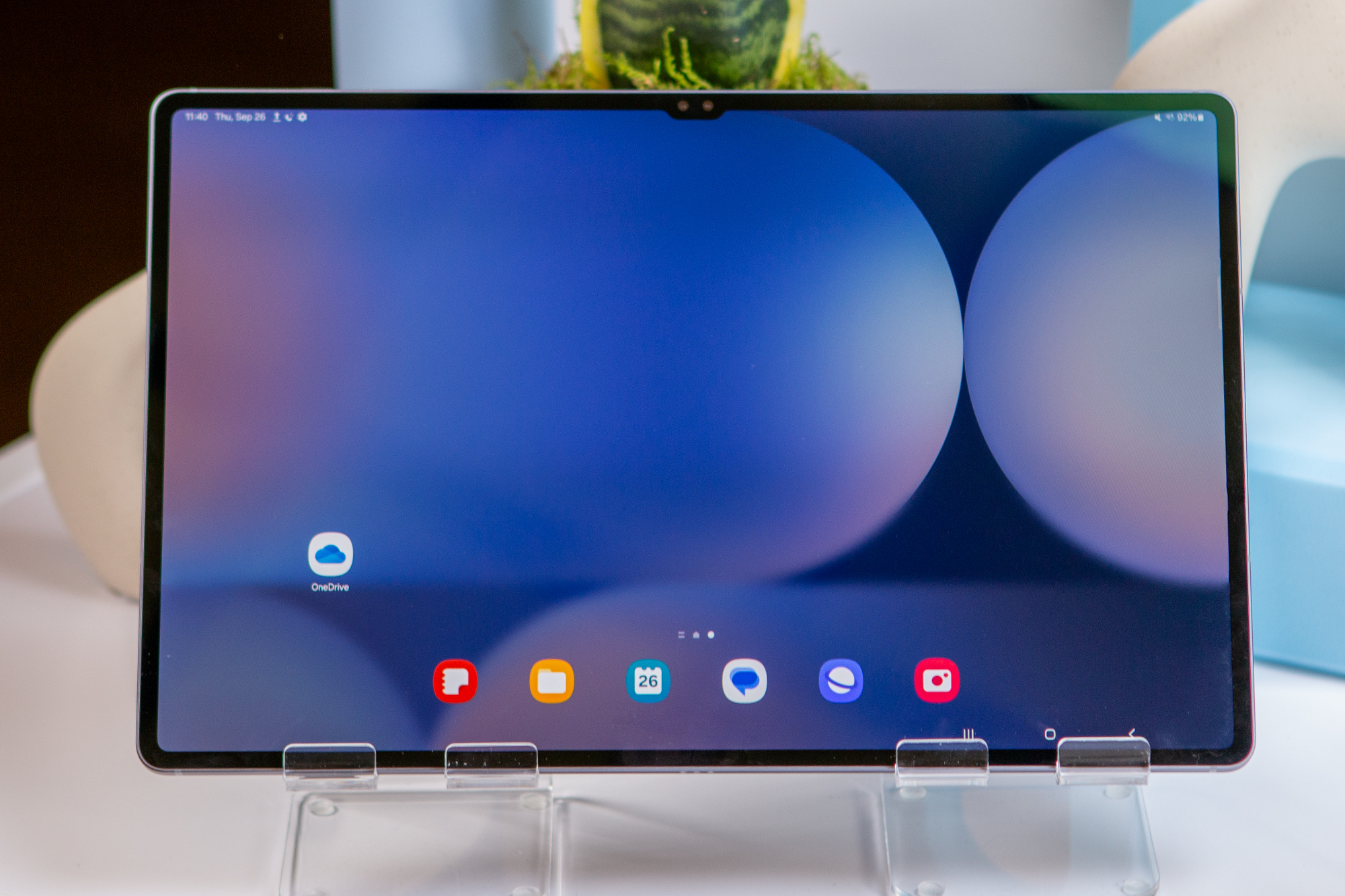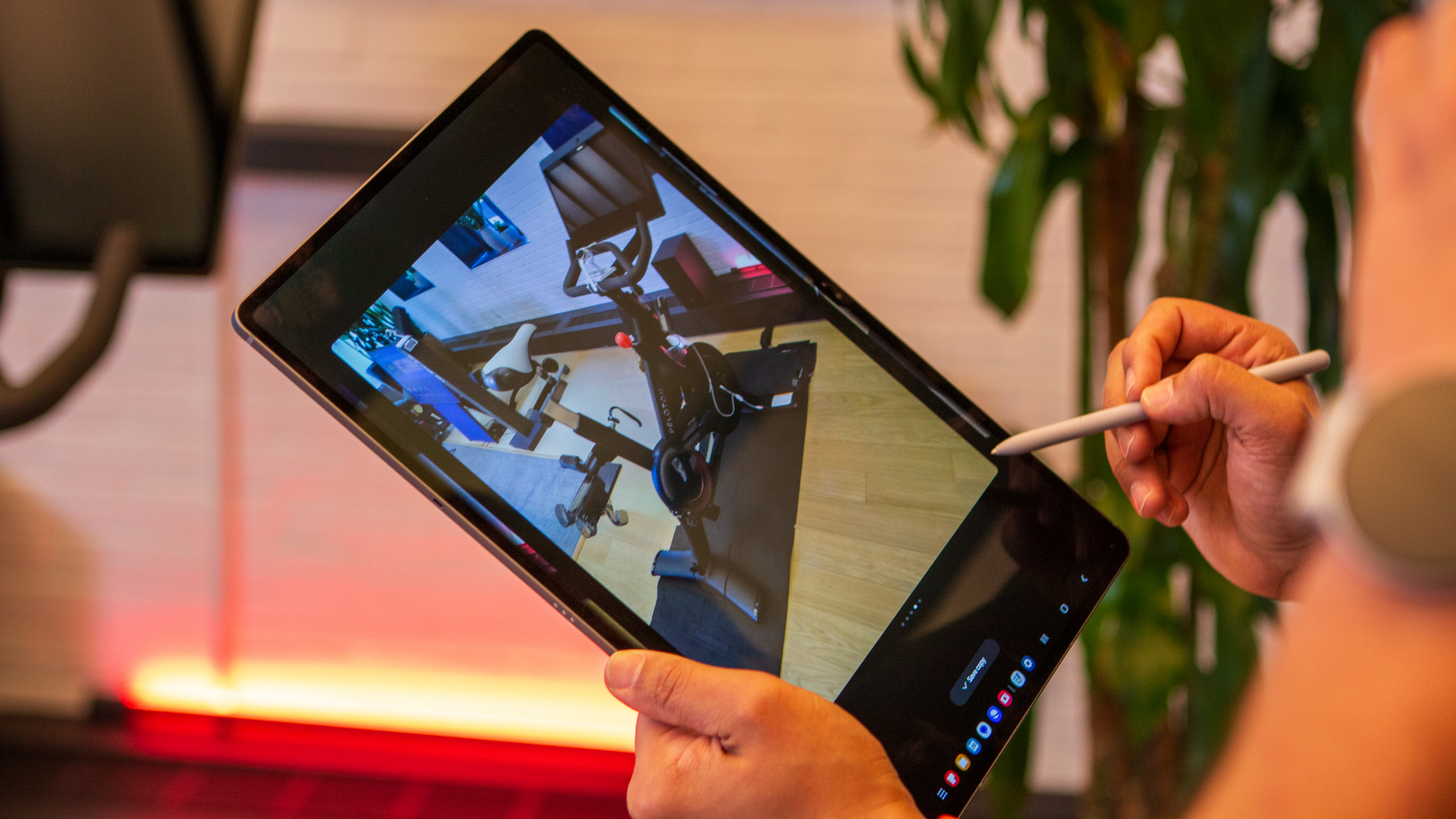Samsung has announced four new tablets across the last six months, all within the Samsung Galaxy Tab S10 lineup. There’s the Galaxy Tab S10 Plus and Galaxy Tab S10 Ultra, which are big, powerful, and expensive offerings. This week, the Galaxy Tab S10 FE and Galaxy Tab S10 FE Plus joined the club as smaller, less expensive options starting at $500.
But where’s the base-model Galaxy Tab S10?
When Samsung neglected to release a new Galaxy Tab S10 alongside the Plus or Ultra models in October 2024, it was a bit puzzling. Without a regular Galaxy Tab S10, the lineup of newest Samsung tablets started at a $1,000 and a large 12.4-inch screen.
Now, it’s even more odd that the South Korean tech giant is releasing two more Galaxy Tab S10 FE tablets without making a standard-sized Galaxy Tab S10. It might seem like a small detail to harp on, but Samsung is still selling the Galaxy Tab S9 six months deep into the Galaxy Tab S10 series, which underscores why this is the company’s most confusing tablet lineup yet.
What’s going on with Samsung’s 2025 tablet lineup?

Samsung’s core tablet lineup currently consists of five models: the Samsung Galaxy Tab S10 Ultra, Tab S10 Plus, Tab S9, Tab S10 FE Plus, and Tab S10 FE. The company actually sells more than that, with the Galaxy Tab S9 Plus, Tab S9 FE Plus, and Tab S9 still available for purchase. But for now, let’s focus on the main five models, which are the newest in their respective product lines.
Of those five Galaxy tablet models, there are five different screen sizes, two different display types, and three different processors made by three different chipmakers between them.
This kind of lineup structure leads to customer confusion. If you want the latest processor, you’ll need to get the Samsung Galaxy Tab S10 Plus or Ultra, but that means you’ll have to settle for a bigger screen.
If you prefer a smaller screen, you can’t get a Galaxy Tab S10 tablet at all — you’ll need to buy the Tab S9 with a Qualcomm Snapdragon 8 Gen 2. It performs better in some situations — and worse in others — than the MediaTek Dimensity 9300 Plus in the Galaxy Tab S10 series. The Galaxy Tab S10 FE lineup adds a new processor into the mix, the Samsung Exynos 1580, which also powers the Galaxy A56.
|
Tablet |
Screen |
Processor |
Price |
|---|---|---|---|
|
Samsung Galaxy Tab S10 Ultra |
14.6-inch AMOLED |
MediaTek Dimensity 9300 Plus |
$1,199.99 |
|
Samsung Galaxy Tab S10 Plus |
12.4-inch AMOLED |
MediaTek Dimensity 9300 Plus |
$999.99 |
|
Samsung Galaxy Tab S9 |
11-inch AMOLED |
Qualcomm Snapdragon 8 Gen 2 |
$919.99 |
|
Samsung Galaxy Tab S10 FE Plus |
13.1-inch LCD |
Exynos 1580 |
$649.99 |
|
Samsung Galaxy Tab S10 FE |
10.9-inch LCD |
Exynos 1580 |
$499.99 |
Since they’re made by different companies and use different fabrication processes, it’s hard to compare these three systems-on-a-chip to one another. On a larger scale, it’s difficult to compare these tablets to one another despite all being Galaxy Tab products.
I suspect Samsung knows this because it conveniently leaves the chip name of each tablet off its respective spec sheet. Instead, it only lists its chips’ core counts and clock speeds on the product pages for each of those five Galaxy Tab models. You’ll have to dig much deeper to find out which processor powers which Samsung tablet, as it isn’t easily available on the company’s product pages.

The display sizes present a similar avenue for customer frustration. The Galaxy Tab S10 FE Plus has a larger, 13.1-inch LCD than the Galaxy Tab S10 Plus’ 12.4-inch AMOLED. You’d think that all of Samsung’s plus-sized tablets have similar form factors, but that isn’t the case.
The lack of consistency across the five models makes the lineup’s scalability poor. It’s not easy to look at the Galaxy Tab S10 FE and decide to upgrade to a more premium model because the Galaxy Tab S9 is the natural upgrade path — but it sounds like a downgrade despite costing nearly double.
You can apply this general situation to comparisons between the two Galaxy Tab S10 models, the two Galaxy Tab S10 FE models, and the Galaxy Tab S9. There are so many differences that customers will feel overwhelmed, or simply won’t be able to make an informed purchasing decision.
The case for (and against) a base Samsung Galaxy Tab S10

So, do we even need a base-model Samsung Galaxy Tab S10? The answer is probably yes. Samsung introducing a Galaxy Tab S10 would immensely reduce confusion by eliminating the Tab S9 from the lineup, which is now the odd one out. It would also reduce the number of display types and processor models from three to two, and that’s a big deal.
On the other hand, I could see the argument that the 10.9-inch Galaxy Tab S10 FE fills the hole left by the 11-inch Galaxy Tab S9 in the new lineup. Perhaps buyers of the best Android tablets want bigger screens and only budget buyers like smaller ones.
One thing’s for sure — the Samsung Galaxy Tab lineup is currently broken. Instead of adding two new Galaxy Tab S10 FE models to the party this week, perhaps Samsung should’ve given us a base model Galaxy Tab S10.